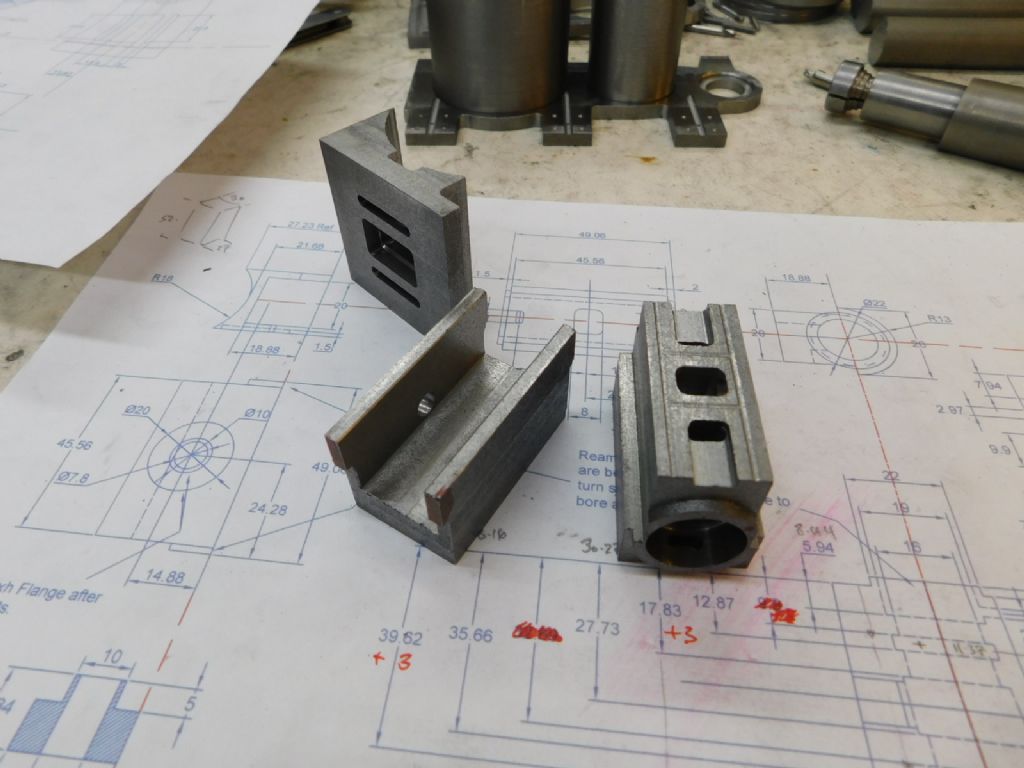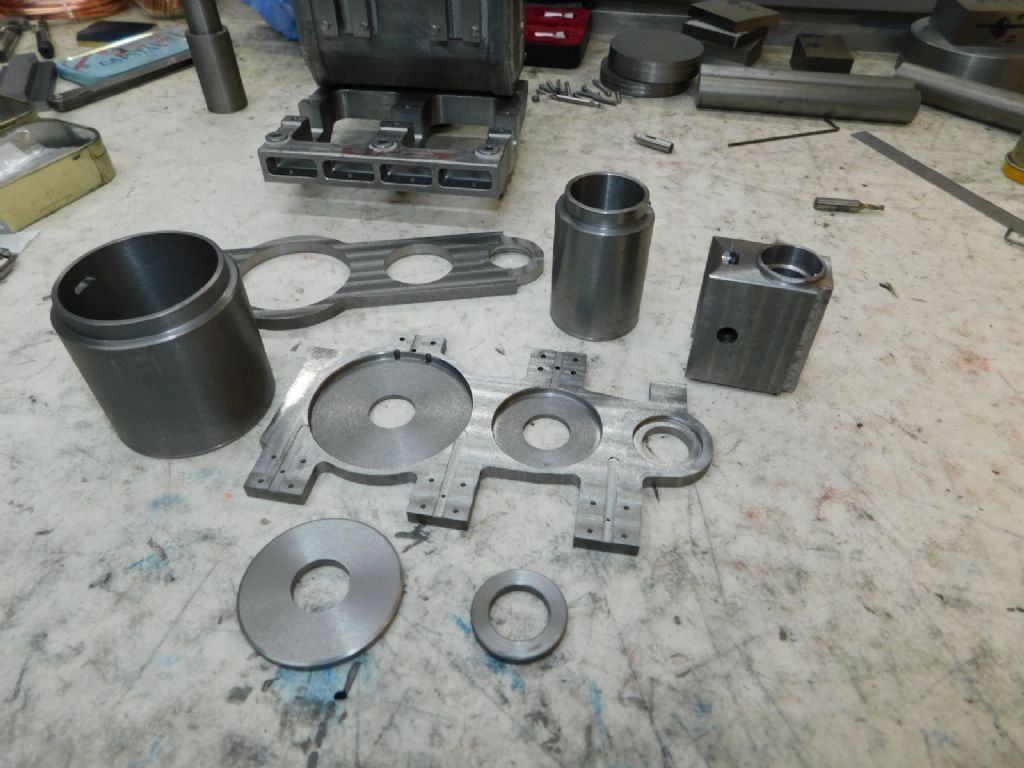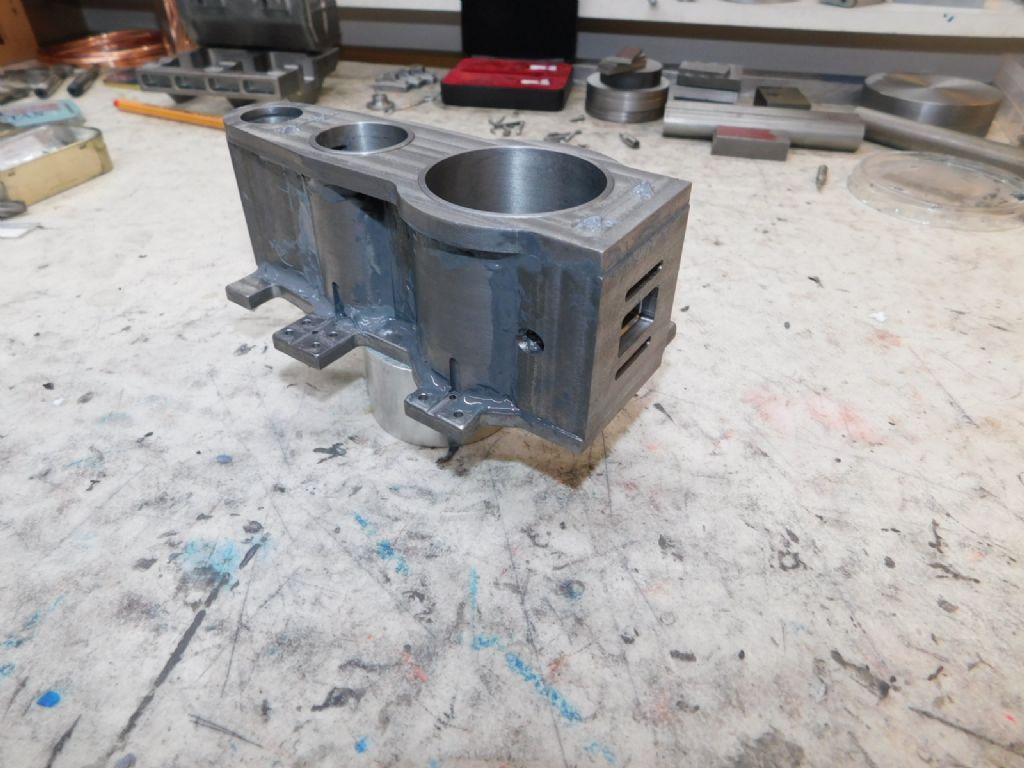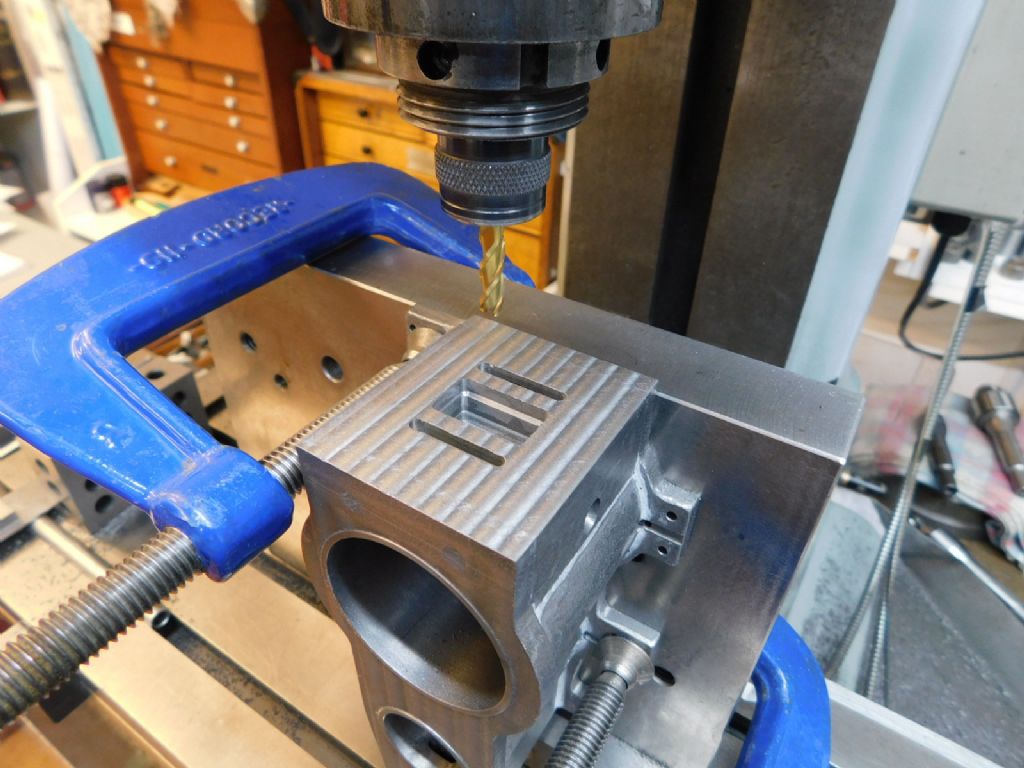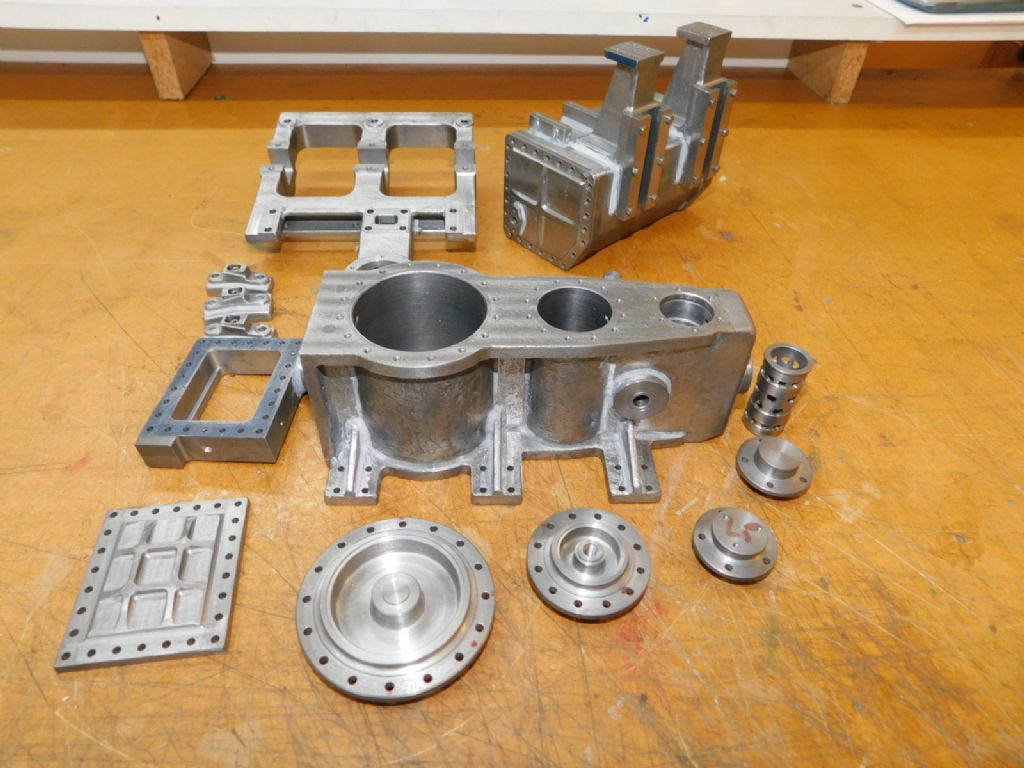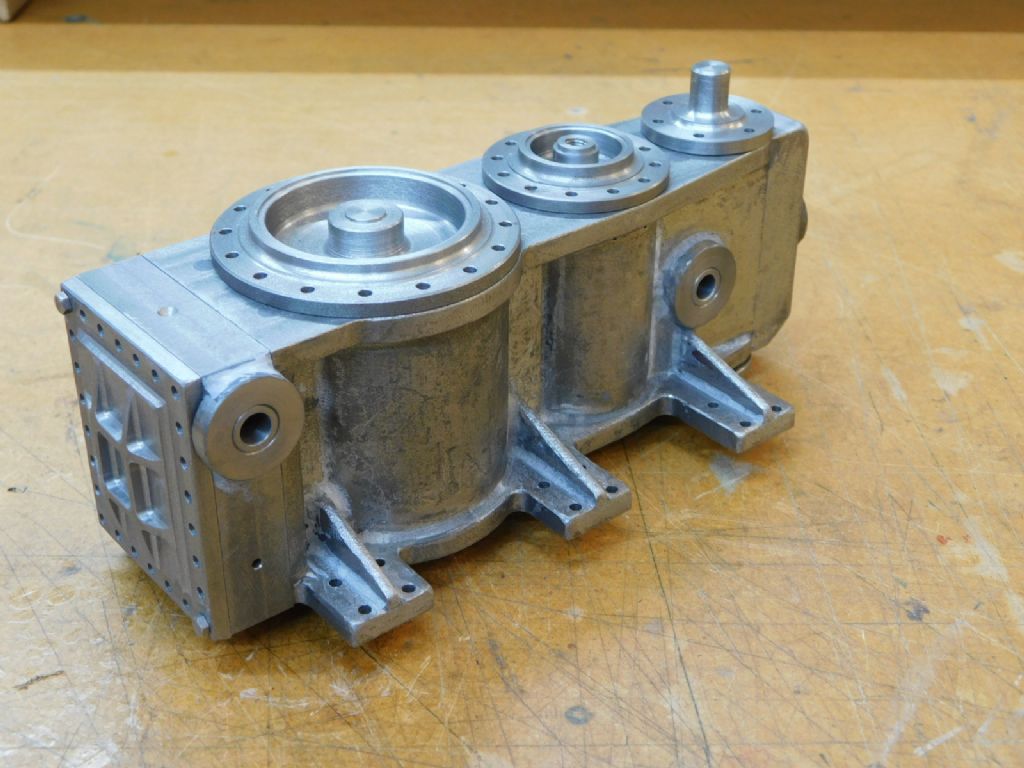Clockwise or antiCW will depend on which end of the shaft you choose to look at. CW looking from astern seems to be normal for single screw vessels, twin screw ideally should have a handed pair.
90 degrees is good since it means that your simpling valve will actually work to help start the engine. It doesn't matter which ones leads since they are usually double acting. So either the top or bottom LP inlet will open when either the top or bottom of the HP is about half way through its stroke.
There is a convention on locomotives for which side leads. If anyone tells them your model is wrong tell them they are looking too close.
There are at least two different types of simpling valve. The most common is probably the shot of steam type, which just feeds a bit of inlet steam direct to the receiver, putting back pressure on the HP. A more sophisticated type uses more valves and reconnects things so that both cylinders take boiler pressure steam in and exhaust to the LP exhaust side. This gives more starting torque, at the expense of heavy steam consumption, and is more likely to be found on a locomotive than a marine plant. Some old timers called the simpling valve the "God Almighty".
My own plant will reverse most of the time just by throwing the lever over, but has the shot of steam type of valve for that one time when the wharf is rushing up, you throw over the lever, and nothing happens. Actually it is more likely to fail to reverse in that sort of situation, since you are probably already throttled back to very low inlet pressure to go slow, whereas if you are cruising along at a good speed and throw it into reverse, there is plenty of pressure and the water forces on the prop are likely to move it off dead centre too. So the usual practice is to throw the links over and give it a little shot as well, before you even know if it has decided to reverse. It has an American locomotive style Johnson Bar rather than a more typical marine style screw reverser, since a small boat is more likely to need to reverse frequently than large boats do.
John
 Ramon Wilson.
Ramon Wilson.

